New Podcast: David O'Connor on Changing The Game for Horse Sports
Last week we sat down with USEF Chief of Sport David O'Connor to discuss how the US Equestrian Open is shaping up to be a transformative force in equestrian sports. Few people have been more involved in its development than David. We discussed the vision, challenges, and excitement surrounding the series so far.

How it began
“We started this conversation two and a half years ago, Bill Moroney and Tom [O'Mara] basically put a little bit of a mission in here and said, we need to have this thing called a BIG initiative—about creating something that would be beneficial to the sports.”
The board took inspiration from, amongst things, the FedEx Cup in golf. The goal was to create a structured competition that fans could follow throughout the year, leading to a major final. “We could see that in tennis or you could see that in golf or you see that in racing, you know, in Formula One. How do you follow somebody and become a fan?” he asked. “That was the basis of the thought process—creating a series that somebody could follow over time that would lead to a final, that would lead to something.”

Is there an event you have to win?
Unlike one-off competitions like Badminton, Burghley, or Aachen, the Open aims to bring continuity to the sport. “Jumping ended up being a little bit different because there are so many other series. The question that I got asked that I asked was, is there an event in the United States that you have to win and you have to have it on your resume if you want to feel like you are one of those players?” O’Connor explained.
Historically, major show jumping events in the U.S. revolved around Madison Square Garden, Toronto, and Washington. With the Open, the focus has shifted to Week 12 in Wellington. “We decided to really try to invest in that week and make that really the one,” he said.
For eventing, Morven Park was chosen as the final venue because of its rich history and accessibility. “It’s gorgeous,” O’Connor noted. “But also, it’s got history in the sport of eventing.”
The Power of Storytelling
Looking back on his career, he noted that what stays with athletes the most are not just the victories, but the stories of struggle and success. “The stories actually become the powerful thing that you become part of your life and that you end up trying to express.”
By structuring the competition as a series, the Open allows for narratives to unfold over time, rather than being confined to a single weekend. “We should talk about it just like other sports do,” O’Connor said. “That type of drive and thought process and competitive intelligence is a big part of being able to win something that is going to be as prestigious as what the Open is going to be.”
Bringing More Fans Into the Sport
One of the Open’s long-term objectives is to engage a broader audience. O’Connor believes this starts with creating an emotional connection between fans and the sport. “In the end, the unusual thing about this is that there are two stories and, always those two stories in the relationship are happening at the same time.” he explained. “You have the person's technical ambition, and then you have this horse story, and then you have this relationship story between them.”
That human-horse relationship, he argues, is key to capturing interest. “If we can open that door and crack that door open, people will understand it. And we have to find a way to explain it.”
Communication: The Core of Equestrian Sport
Beyond competition, O’Connor believes equestrian sport is fundamentally about communication.
“When you get down to it, I believe, when you talk about horse-human relationships, it's a story and it's a study of communication. Right? So how do we communicate? And how do we communicate with not just amongst each other, you know, even situations like this, how do we communicate with human to human? And how do we communicate with something that doesn't speak human?”
He noted that the sport’s emphasis on nonverbal communication, body language, and empathy makes it fascinating even to those outside the horse world. “If we can talk about what that side is, we can bring in more people who might otherwise say, ‘I don’t ride a horse, so why would I be interested?’”
The Future of the Open
As the Open continues to develop, O’Connor sees its influence growing.
“It is becoming already, I would say, a catchphrase, right? People are talking about the Open and the other sports are talking about, 'Okay, I'm going to prepare for the Open. I'm going to get ready for the Open. I'm going to, that's going to be my target for the year.”
Ultimately, O’Connor hopes the Open will establish itself as the pinnacle of U.S. equestrian sport.
“When whoever wins that knows that they've won something, right? Not just competed on the weekend, but they know they have won something, which is very important because it makes it more important to the athlete.” he said. “Where the athletes know they had to play the game at the top level in order to be successful.”
With major support from USEF and a growing audience, the US Equestrian Open is on track to redefine how fans engage with the sport—and create lasting stories that will be told for generations.
The Jumping Final is now just days away. Action continues in the qualifiers in both Eventing and Dressage.
Stay connected with the US Equestrian Open on Facebook, Instagram, TikTok, and the USEF Network for live event updates, stories, and results. Use #USEquestrianOpen to share your own experiences and connect with fellow fans.



